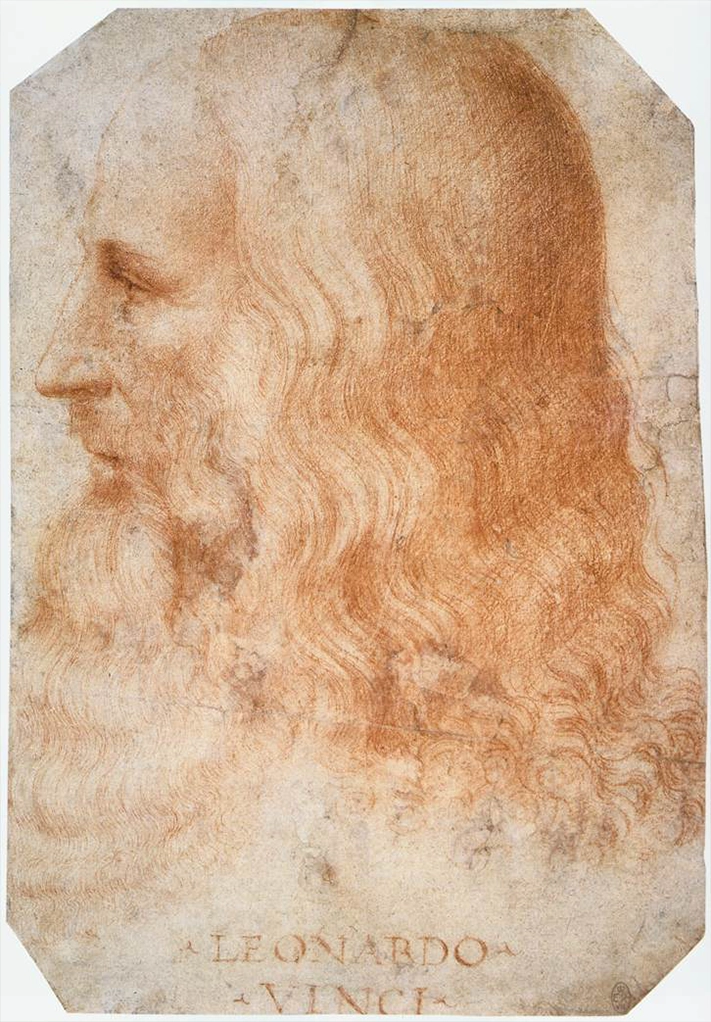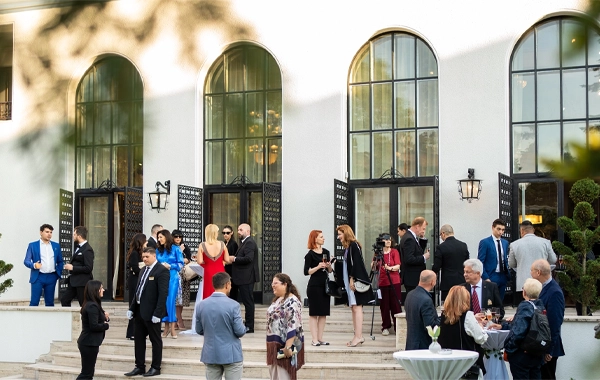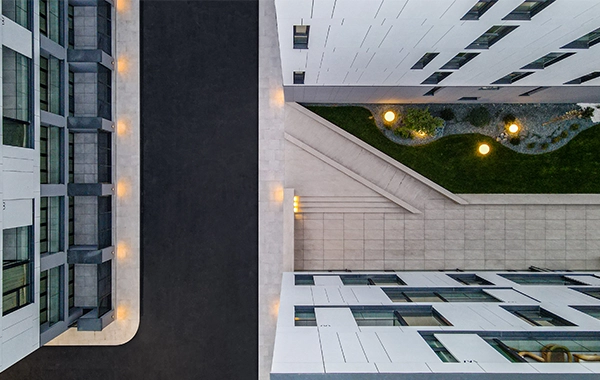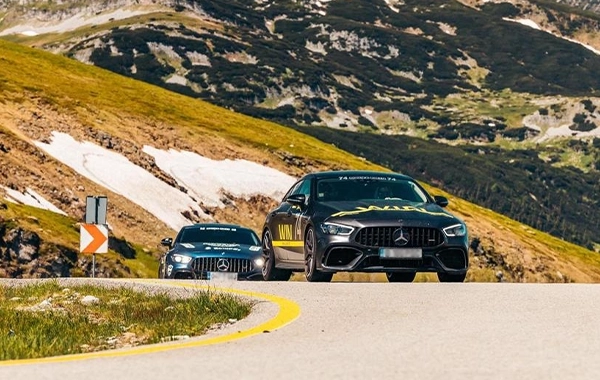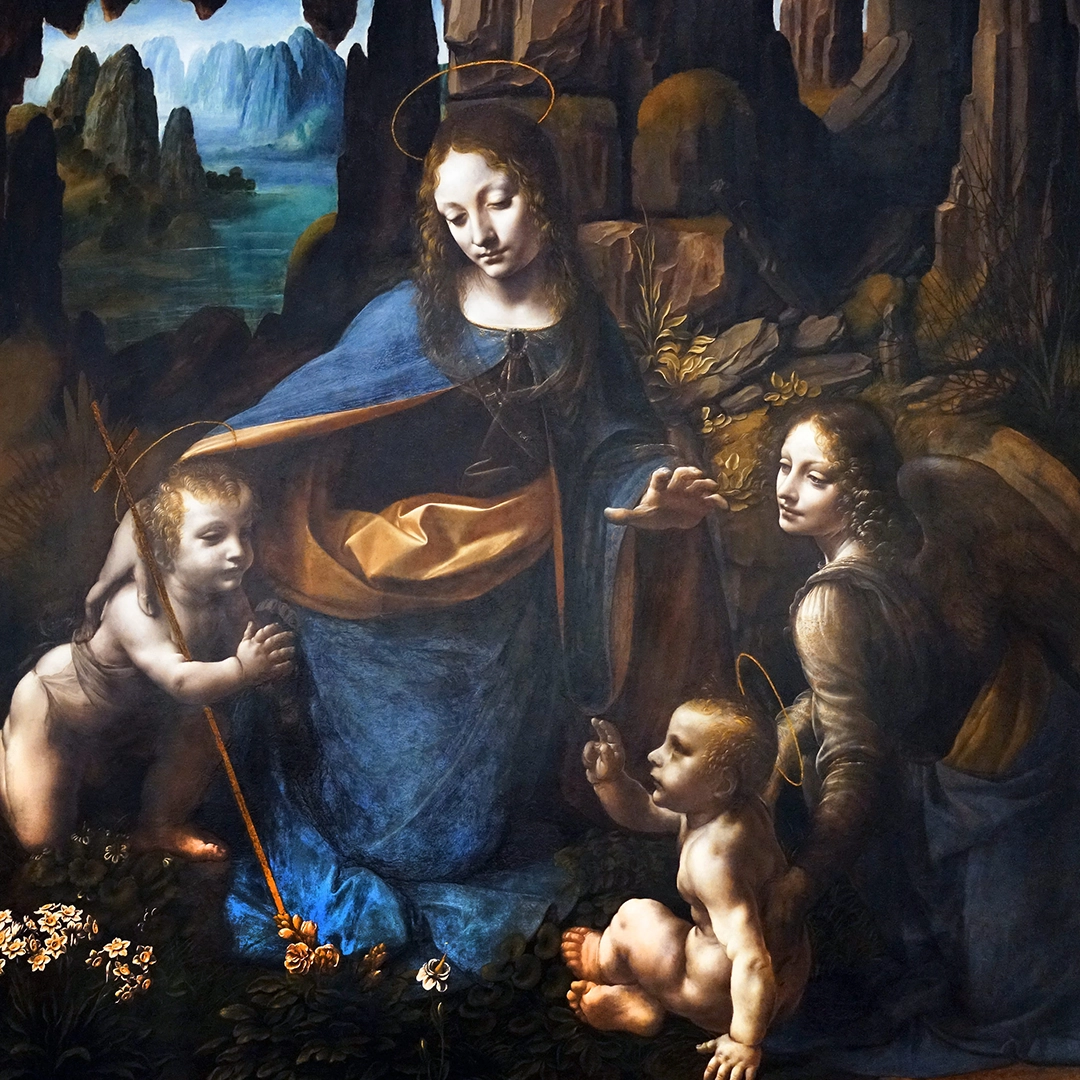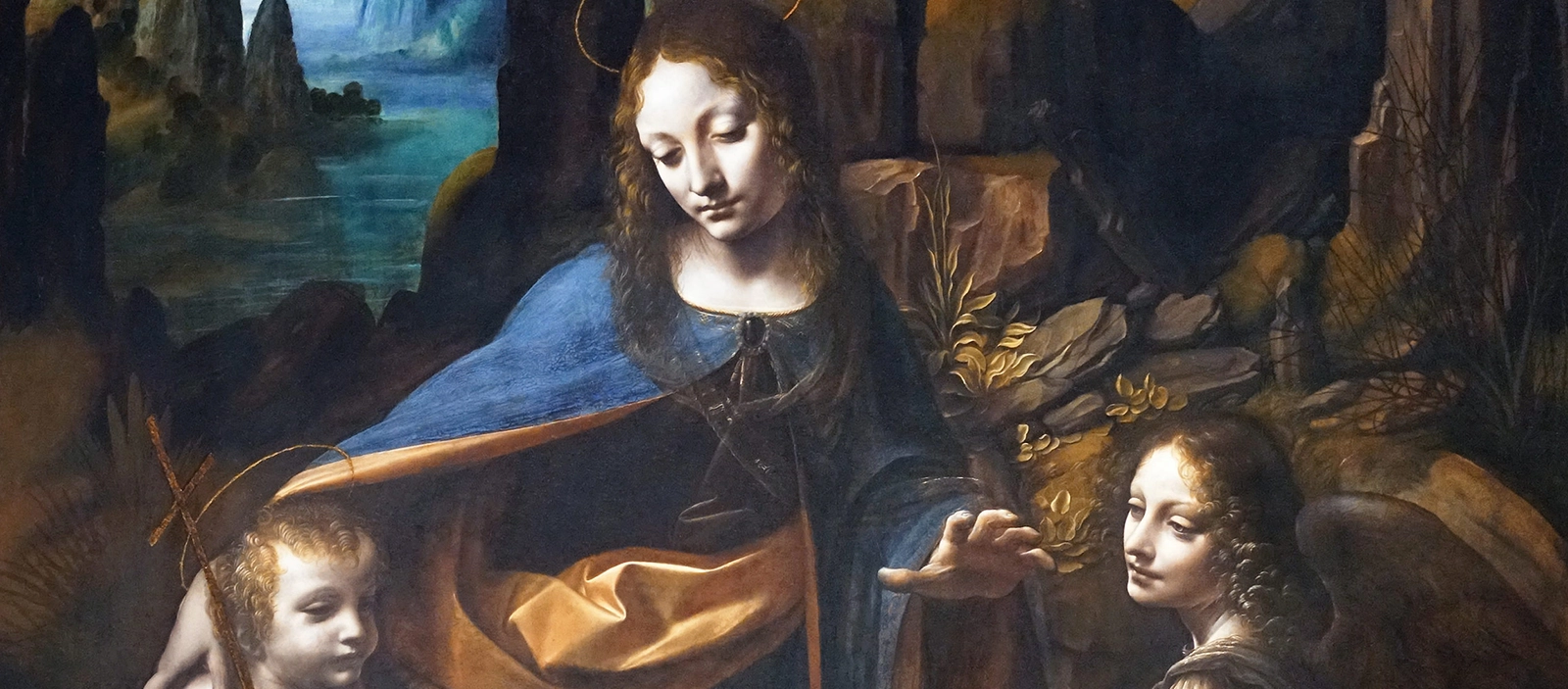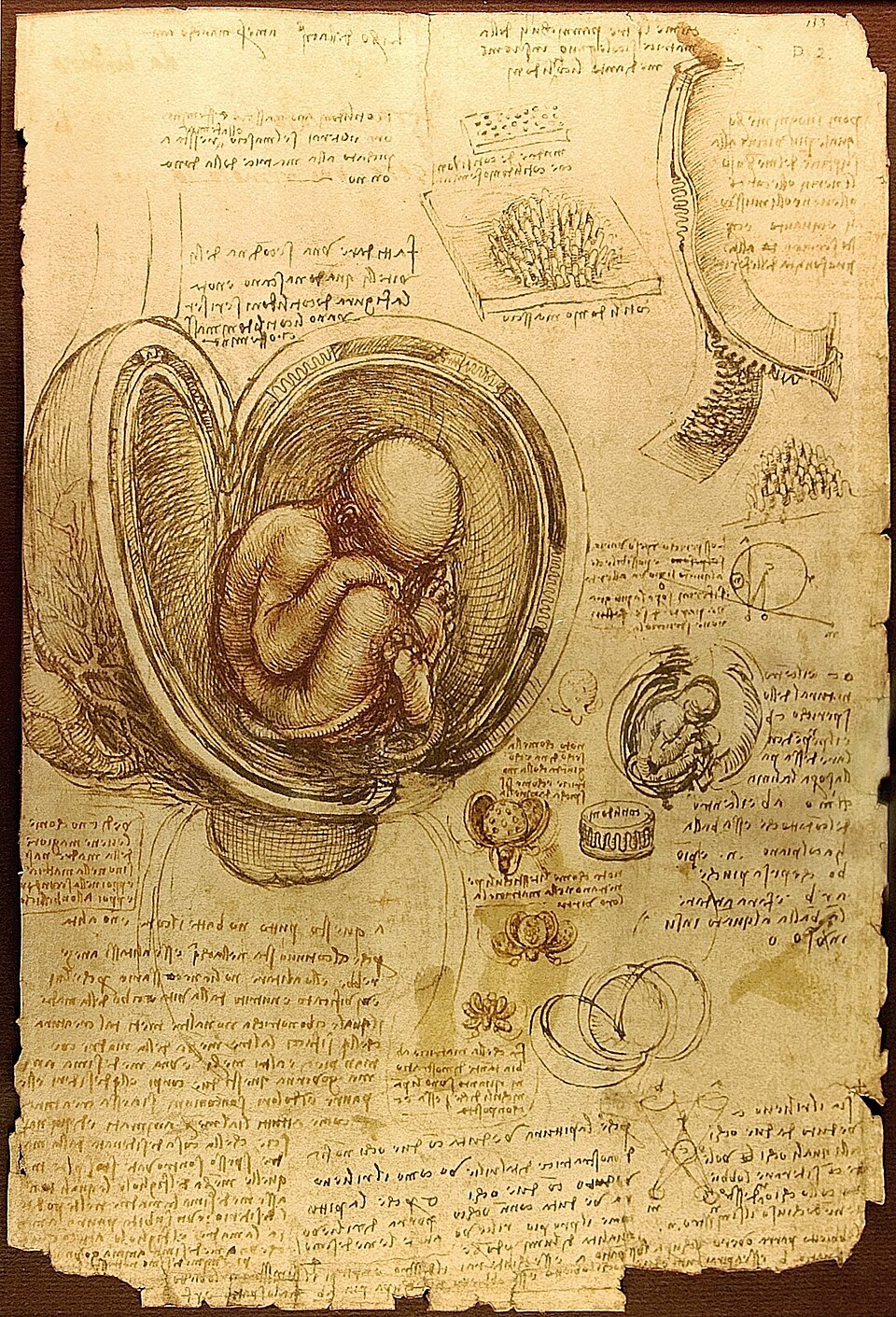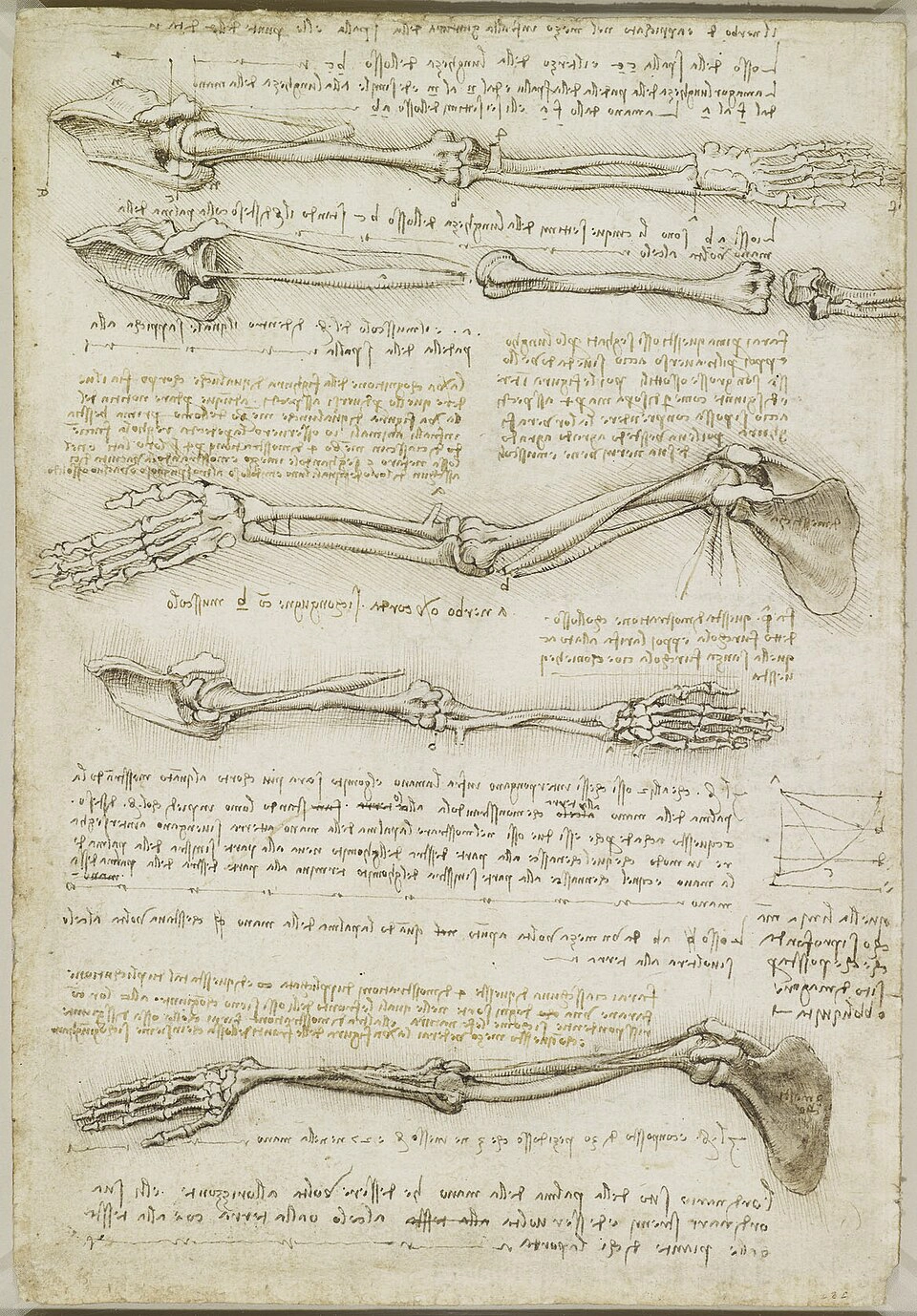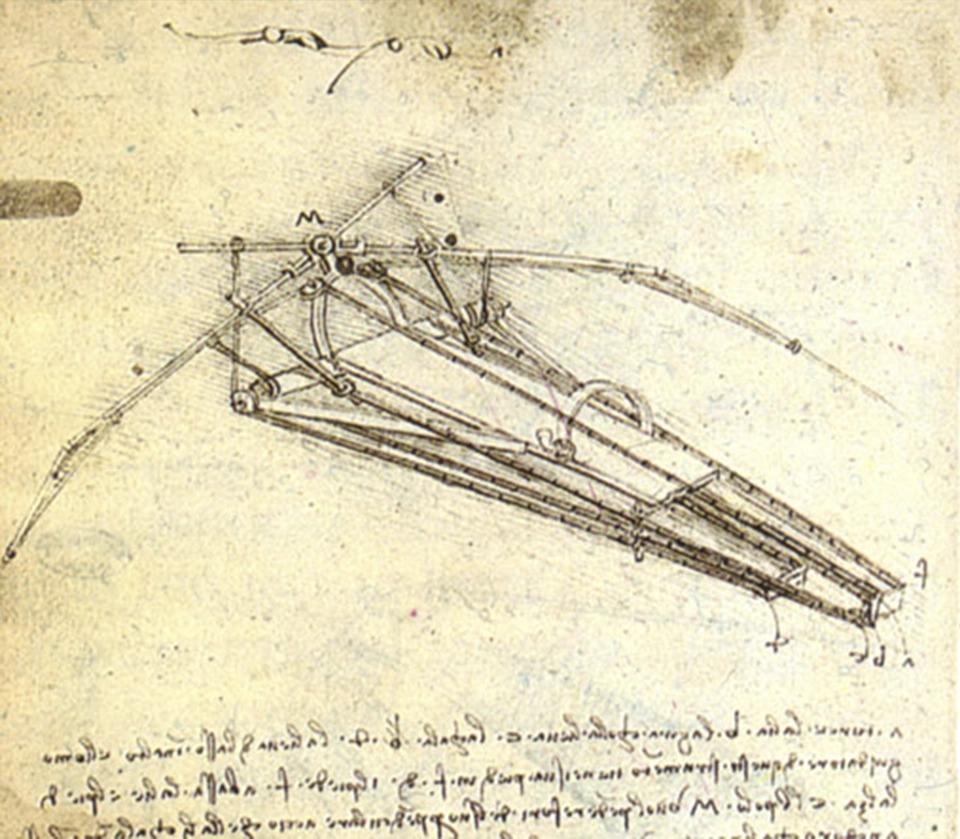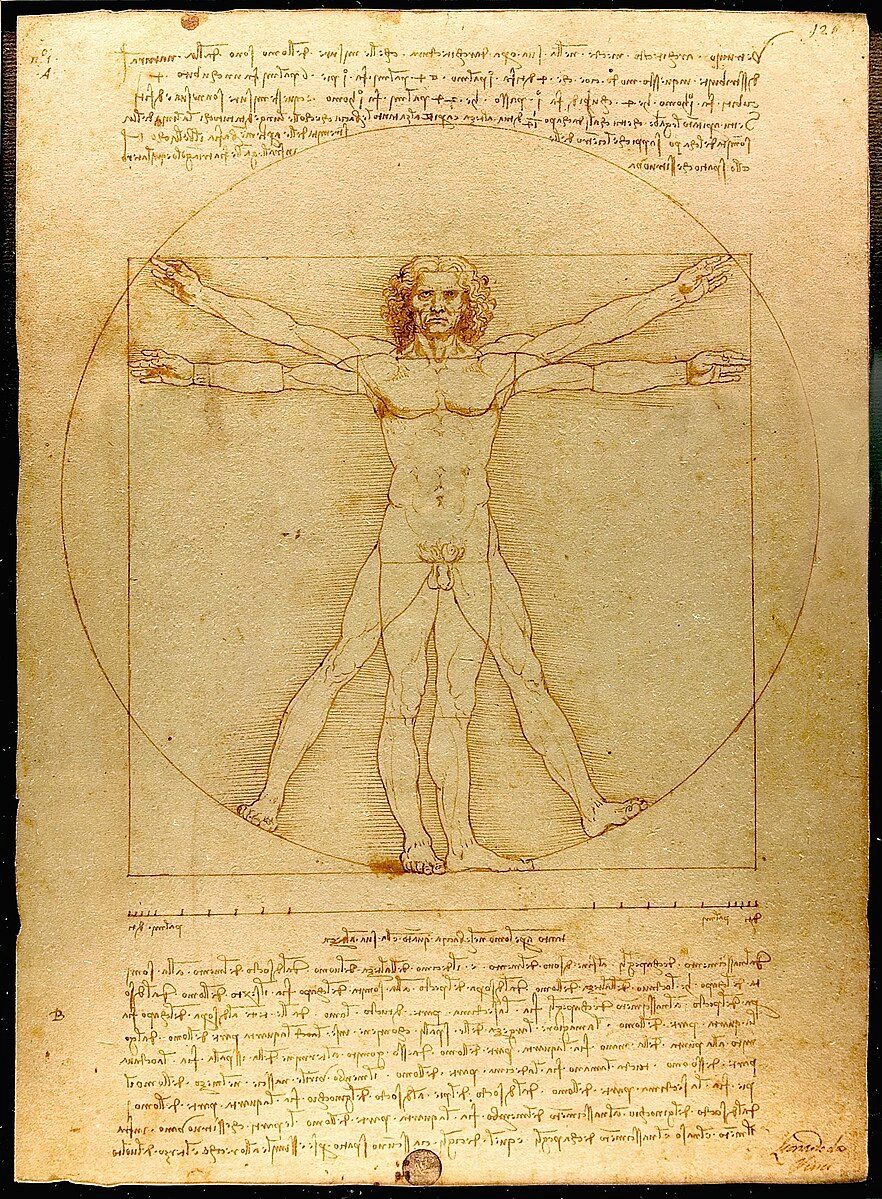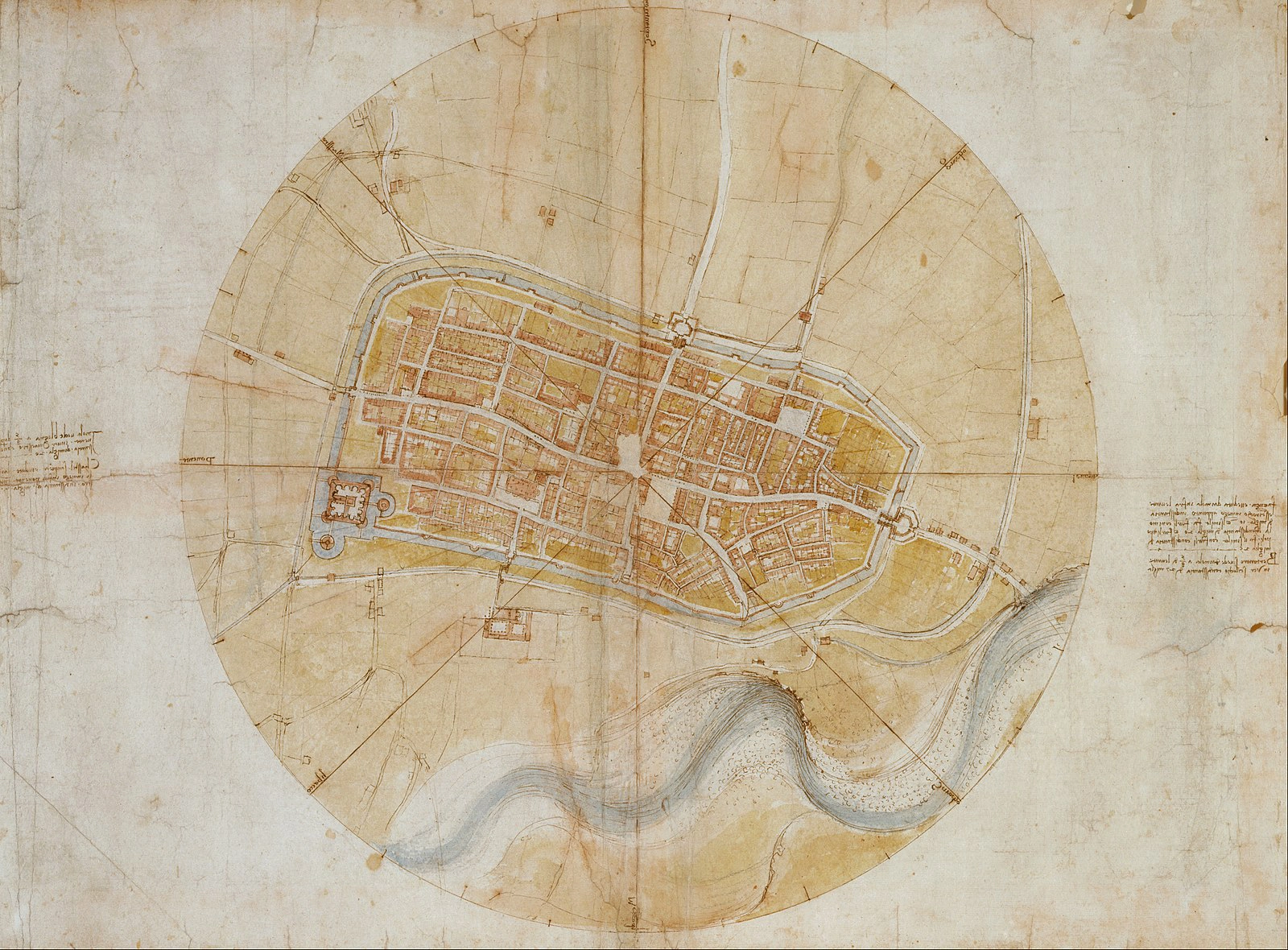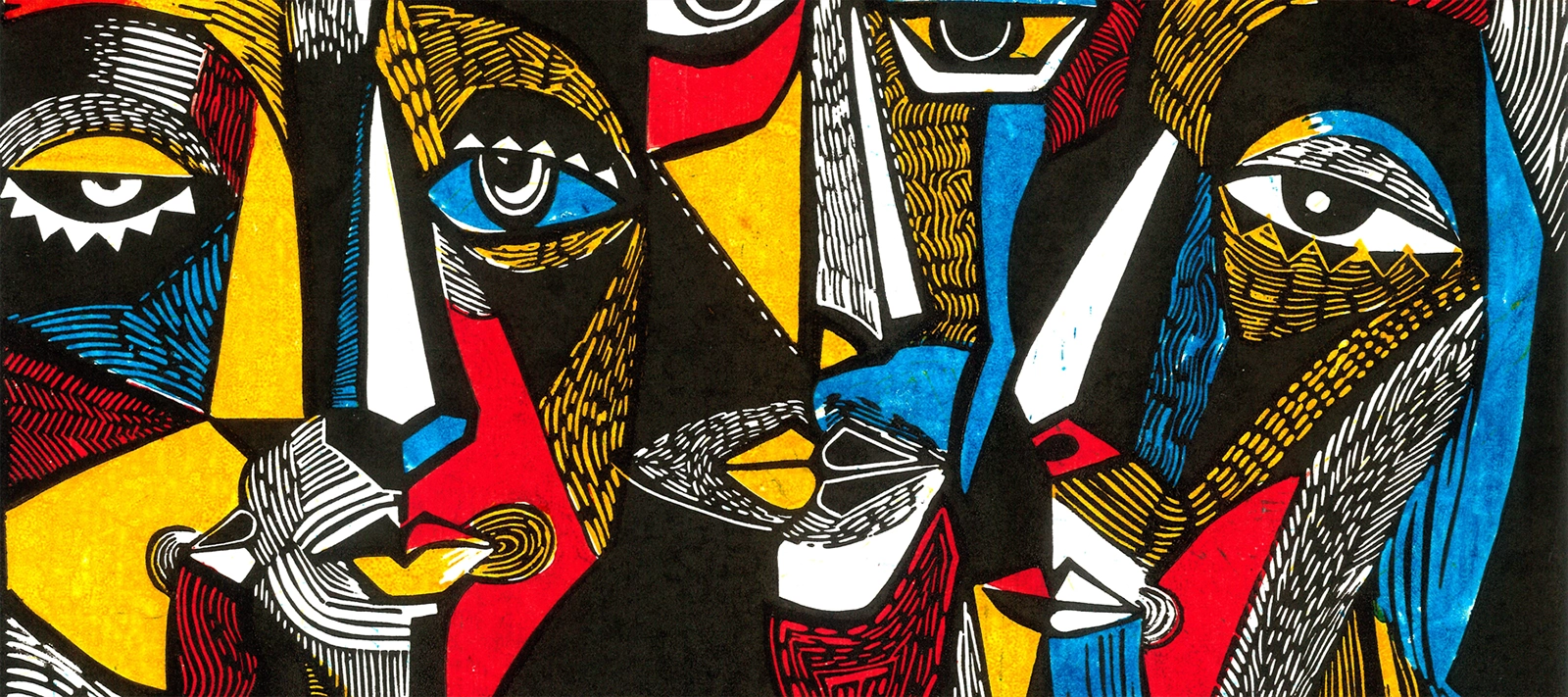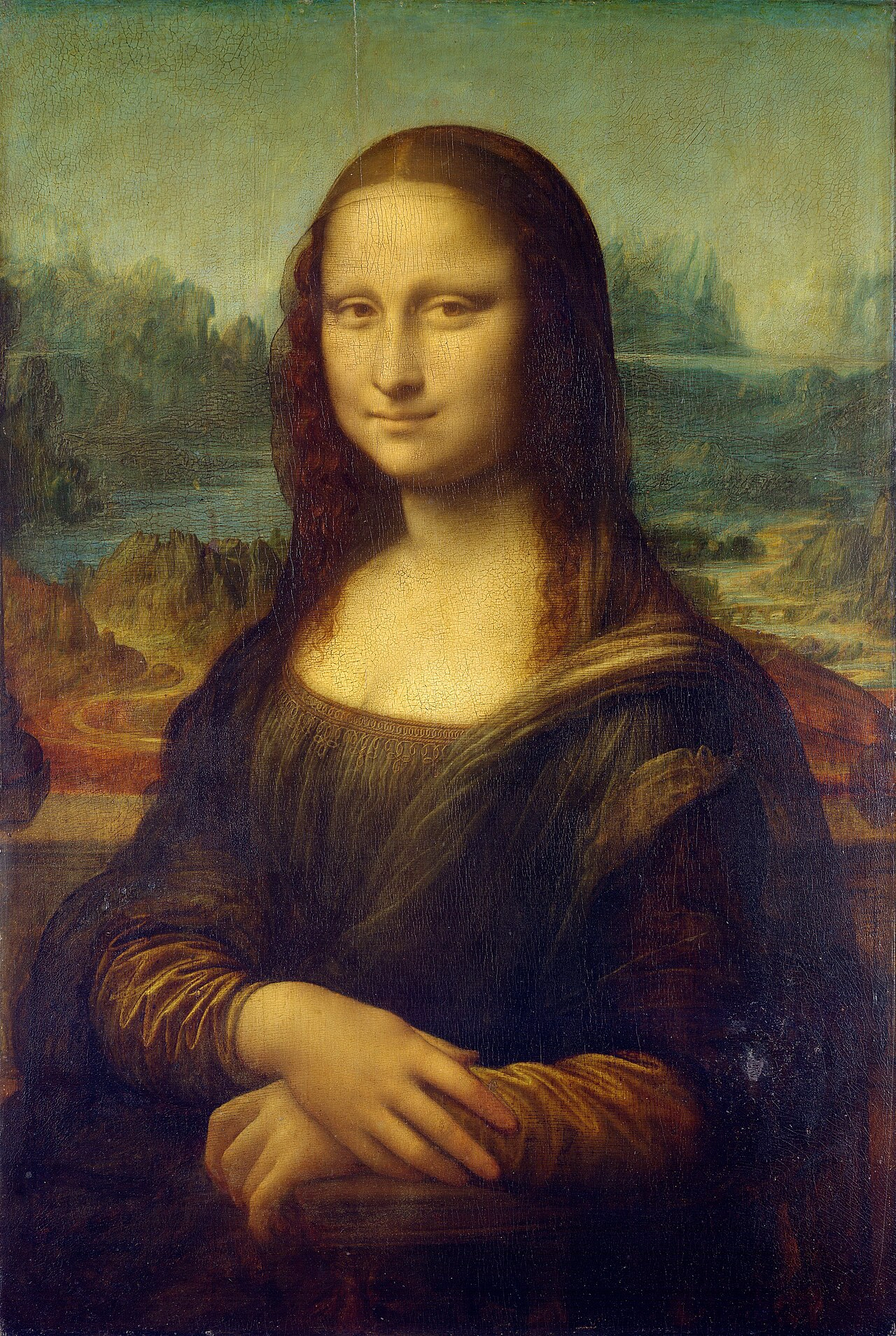World Art Day is celebrated every year on April 15. This is no coincidence, as April 15 also marks the birthday of Leonardo da Vinci. Perhaps the most well-known artist worldwide, Leonardo da Vinci also represents the timeless benchmark of the total artist. The son of Piero from Vinci, Leonardo da Vinci has remained in history as a master not only in the artistic field but also in the fields of engineering and invention.
Leonardo da Vinci lived in a fragmented and unstable political context, characteristic of Renaissance Italy, divided into numerous city-states such as Florence, Milan, Venice, Rome, and Naples, each ruled by rival noble families or authoritarian regimes. Power was often contested between local elites, the papacy, and external influences from the kingdoms and empires of the time. Leonardo had to adapt to these constant political changes, working under the patronage of powerful figures such as the Medici family in Florence, Ludovico Sforza in Milan, or King François I of France. In this competitive and unstable environment, the artist managed to maintain his relevance and develop his artistic and scientific research, skillfully navigating between courts, religious influences, and military conflicts that directly affected his activity and the places where he created.
